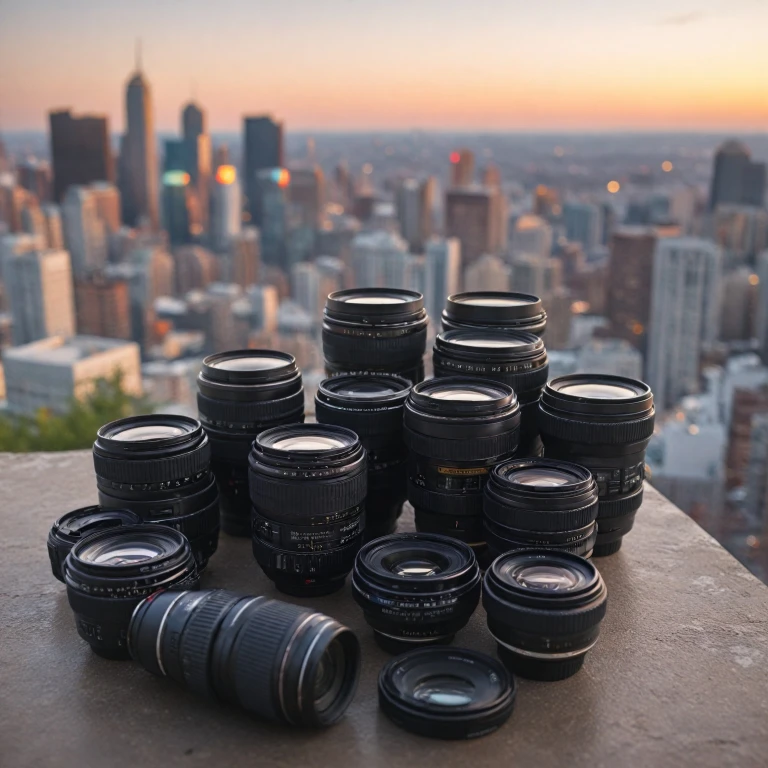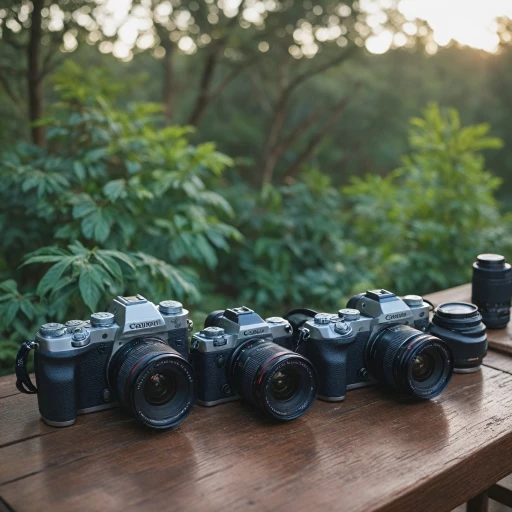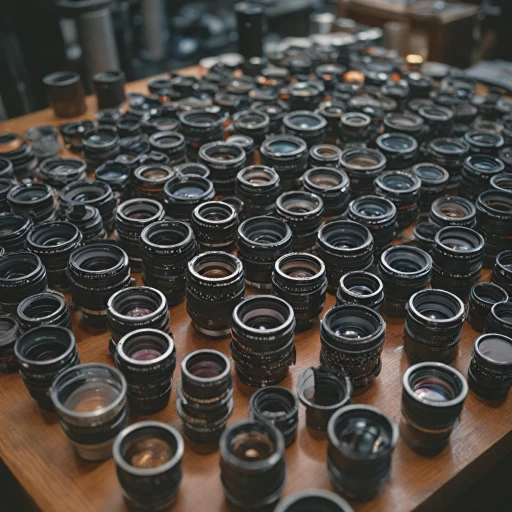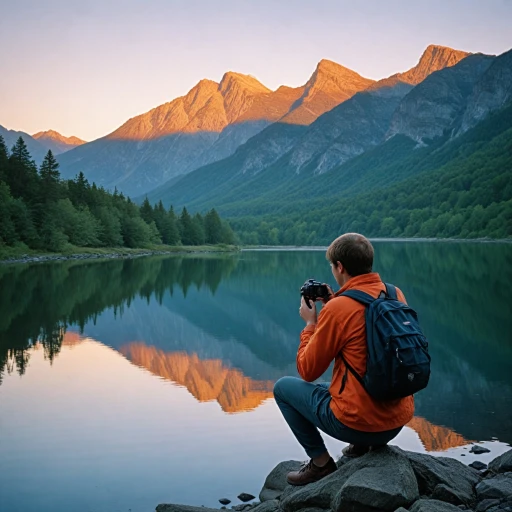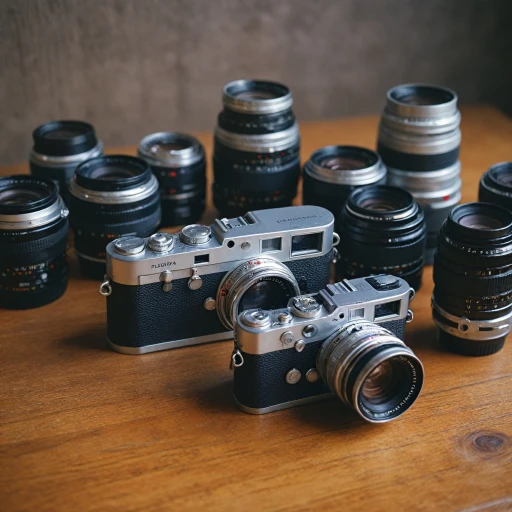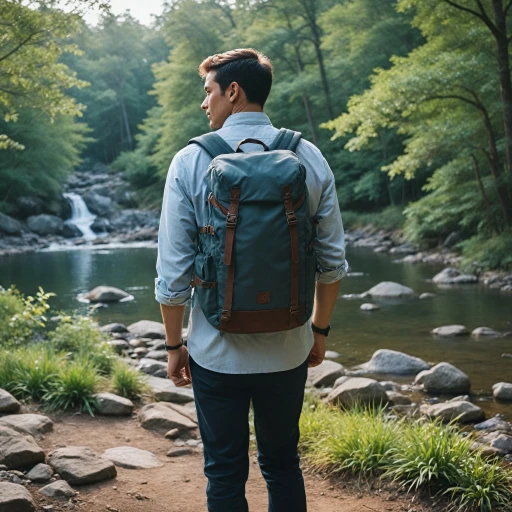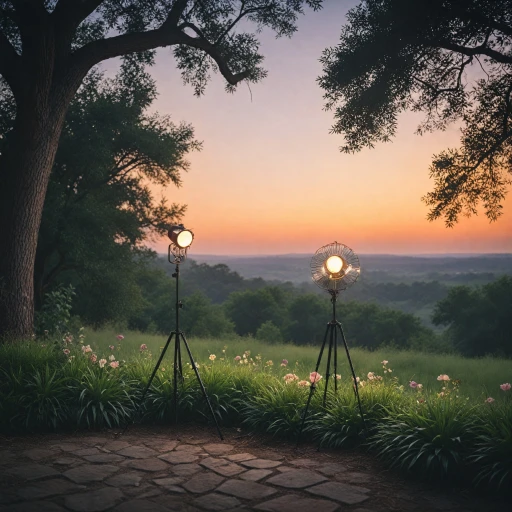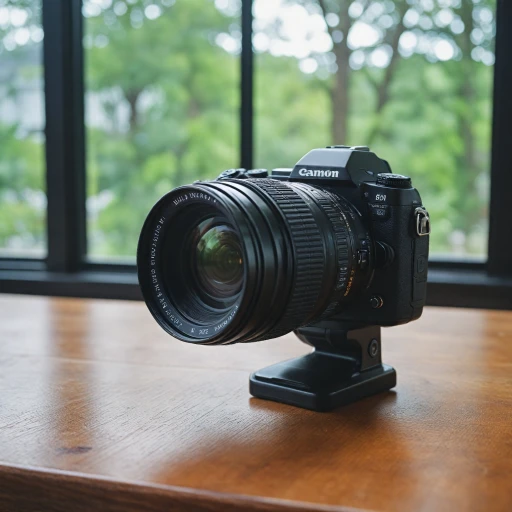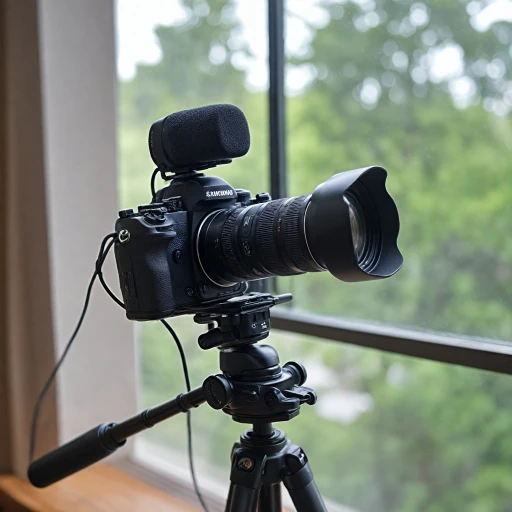
Understanding the Canon R10's capabilities
Delving into the Canon R10's Strengths
When considering a digital camera for everyday photography, the Canon R10 shines as a versatile and powerful option. This camera boasts a diverse array of features designed to enhance your photographic experience. Understanding what makes this camera tick can help you choose the best lens for your needs. First and foremost, the Canon R10 is a highly adaptable camera, renowned for its excellent image quality and performance in different shooting environments. Whether you're capturing landscapes, portraits, or action shots, the R10's capabilities offer something for every photography enthusiast. The camera also supports a wide range of lenses, from the dynamic zoom options to the compact prime lenses. With its superior Canon stm technology and robust lens stabilization features, the R10 ensures sharp and crisp images even when shooting at full focal length or in challenging low light situations. Designed for a seamless user experience, the Canon R10 comes equipped with a precision manual focus system and impressive image stabilization. This means you'll not only get stunning photos with every click but also enjoy a camera that feels intuitive and responsive in your hands. In exploring the world of lenses for the Canon R10, you'll encounter varieties like the popular stm lens series and the exclusive macro lenses, all offering distinct advantages for capturing vivid and detailed images. For those interested in wildlife photography, exploring the RF100-400mm lens can open up dramatic possibilities with its unique shooting potential. Ultimately, the Canon R10 serves as an excellent bridge between beginners and professionals, offering a full suite of advanced features without overwhelming new users. The range of lenses available gives you the flexibility to adapt and maximize your results, ensuring that with each shot, you harness the full capabilities of this remarkable camera.Key factors to consider when choosing a lens
Evaluating Essential Lens Characteristics
When the time comes to enhance your photography with the Canon EOS R10, choosing the right lens is paramount. The capabilities of your camera can be maximized by understanding some key factors surrounding the lens choices available. Here are some essential lens characteristics to consider:
- Aperture: The aperture, often referred to as the lens's maximum aperture, plays a crucial role in the amount of light that can enter the camera. A wide aperture is ideal for low light conditions and helps achieve a pleasing background blur effect, commonly known as bokeh. Look for lenses with a large maximum aperture for more versatility in various lighting situations.
- Focal Length: This determines the lens’s field of view and magnification. A shorter focal length is generally suitable for wide angle shots, allowing you to capture more of the scene. Conversely, a longer focal length is great for zooming in on distant subjects. Evaluate the focal length options of both prime and zoom lenses according to your photography needs.
- Image Stabilization: Some lenses offer image stabilization technology to reduce the effects of camera shake, especially useful when shooting handheld in low light conditions or using a longer zoom range. Look for lenses that provide this feature to ensure sharper images and higher image quality.
- Lens Construction: The build quality, including features like the lens hood and filter thread options, can affect durability and performance. A well-constructed lens can withstand various shooting conditions and provide reliability in the field.
When making your decision, it is helpful to understand whether you prefer a prime lens with a fixed focal length or a zoom lens with a variable focal length. Each type has its own advantages, as well as considerations depending on your photo shooting needs.
For detailed comparisons and recommendations specifically tailored for the Canon EOS R10, you might find this lens comparison article useful.
Top lens recommendations for the Canon R10
Recommended Options for Your Canon EOS R10
If you're on the hunt for the best lens for your Canon EOS R10, your choice can significantly impact the image quality and versatility of your camera. Here are some top lens recommendations to get the most out of your shooting experience:- Canon RF 24-105mm f/4-7.1 IS STM: This zoom lens offers a flexible focal range, making it a stellar choice for capturing a variety of subjects. The image stabilization feature is a boon for handheld shooting, providing more control and less blur. Its wide angle capabilities make it suitable for landscapes and street photography.
- Canon RF 50mm f/1.8 STM: Known for its impressive maximum aperture, this prime lens is perfect for low light situations and ensures high image quality with enhanced sharpness and depth of field. Its compact design and lightweight build make it an ideal companion for everyday photography endeavors.
- Canon RF 35mm f/1.8 IS STM Macro: This lens combines the benefits of a wide angle with macro functionality, allowing you to delve into intricate details and vibrant portraits with ease. The image stabilization further aids in securing the crispness of your shots.
- Canon RF 85mm f/2 Macro IS STM: For those interested in portrait photography, the canon RF 85mm lens offers a perfect balance of focal length and aperture, ensuring stunning bokeh and image isolation. Its macro capability adds another layer of versatility for close-up shots.
Comparing prime vs. zoom lenses
Understanding Prime and Zoom Lenses
When exploring lens options for your Canon R10, understanding the differences between prime and zoom lenses can significantly influence your photography journey. Each type offers distinct advantages, and the choice largely depends on your specific photography needs.
Prime Lenses: Simplicity and Quality
Prime lenses have a fixed focal length, offering an uncomplicated shooting experience. Their simplicity often results in superior image quality, thanks to fewer moving elements, which reduces distortion and enhances sharpness. They typically feature a larger maximum aperture, making them perfect for low light situations and providing striking depth-of-field effects. These lenses are ideal for portraiture and situations where you crave a creamy bokeh and sharp focal points.
- Best for: Portraits, macro, low light conditions.
- Advantages: Larger maximum aperture, superior image quality.
- Consider: Manual focus precision might be required.
Zoom Lenses: Versatility and Convenience
On the other hand, zoom lenses provide a range of focal lengths, offering remarkable flexibility. With a single lens, you can switch from wide-angle scenes to detailed close-ups without changing your gear, making them a quintessential choice for travelers and photojournalists. Their versatile nature isn't quite as light-sensitive as prime lenses but covers an incredible array of shooting scenarios.
- Best for: Travel photography, events, sports.
- Advantages: Versatile focal range, convenience.
- Consider: Image stabilization features enhance usability.
Although the choice between prime and zoom is inherently personal, understanding the key elements can direct you towards the lens that complements your Canon EOS R10's capabilities. Whether you prioritize the pristine image quality of prime lenses or the adaptability of zoom lenses, both have their unique strengths that can elevate your photographic potential.
Tips for maintaining your lenses
Keeping Your Glass in Tip-Top Shape
Maintaining your lenses is crucial for ensuring crisp image quality and longevity of your camera gear. Whether you're shooting with Canon's EOS line or experimenting with a variety of lens types, here are some essential tips to keep those lenses at their best.- Clean Regularly: Dust and smudges can drastically affect your image quality. Use a microfiber cloth and a camera lens cleaning solution for routine cleaning. Be gentle to avoid scratches on the lens surface.
- Lens Hood Usage: A lens hood is not just for flair; it helps prevent accidental scratches and reduces glare, enhancing your image quality. Always mount it when in use.
- Store Properly: When not in use, keep your lenses capped and stored in a dry place. Consider investing in a padded camera bag to shield against impacts.
- Avoid Moisture: Lenses and moisture don't mix well. Always change lenses in dry environments and ensure your lens mount is free from moisture before attaching it to the camera.
- Calibration: Regularly check your lenses for focus accuracy. Use focus charts to ensure that your lenses focus precisely, especially for maximum aperture shooting.
- Service and Repair: Seek professional service for cleaning and repairs if your lens is acting up or has suffered damage. Professional tools can fine-tune focus and aperture settings that manual focus adjustments can't.
Maximizing your photography skills with the right lens
Enhancing Your Photography with the Right Lens
Choosing the right lens for your Canon R10 can significantly elevate your photography skills. The camera's capabilities are extensive, but pairing it with the appropriate lens can unlock its full potential, allowing you to capture stunning images with precision and creativity.
Understanding Focal Length and Aperture
The focal length of your lens determines the field of view and magnification of your images. A wide-angle lens, for instance, is ideal for capturing expansive landscapes, while a zoom lens offers flexibility in framing your shots without changing your position. The maximum aperture of your lens also plays a crucial role in low-light shooting, providing the ability to create beautiful bokeh effects and sharp focus on your subject.
Utilizing Image Stabilization and Manual Focus
Image stabilization is a key feature that helps reduce blur caused by camera shake, especially when shooting at slower shutter speeds. This is particularly beneficial when using a longer focal length or in low-light conditions. Additionally, mastering manual focus can give you greater control over your shots, allowing for more creative expression and precise focusing, especially in macro photography.
Exploring Lens Options
Canon offers a range of lenses, including the popular STM and USM models, which provide smooth and quiet autofocus—ideal for both photography and video. The Canon STM lens, in particular, is known for its versatility and performance, making it a great choice for everyday photography. Consider the focal range and filter thread size when selecting lenses to ensure they meet your specific shooting needs.
Adapting to Different Shooting Scenarios
Whether you're capturing fast-moving subjects or shooting in low light, having the right lens can make all the difference. A lens with a fast maximum aperture will allow you to shoot in dim conditions without sacrificing image quality. On the other hand, a zoom lens can offer flexibility in various shooting scenarios, from wide landscapes to detailed close-ups.
By understanding these elements and how they interact with your Canon EOS R10, you can make informed decisions about which lenses will best enhance your photography skills. Remember, the right lens can transform your camera into a powerful tool for capturing the world around you with clarity and creativity.
